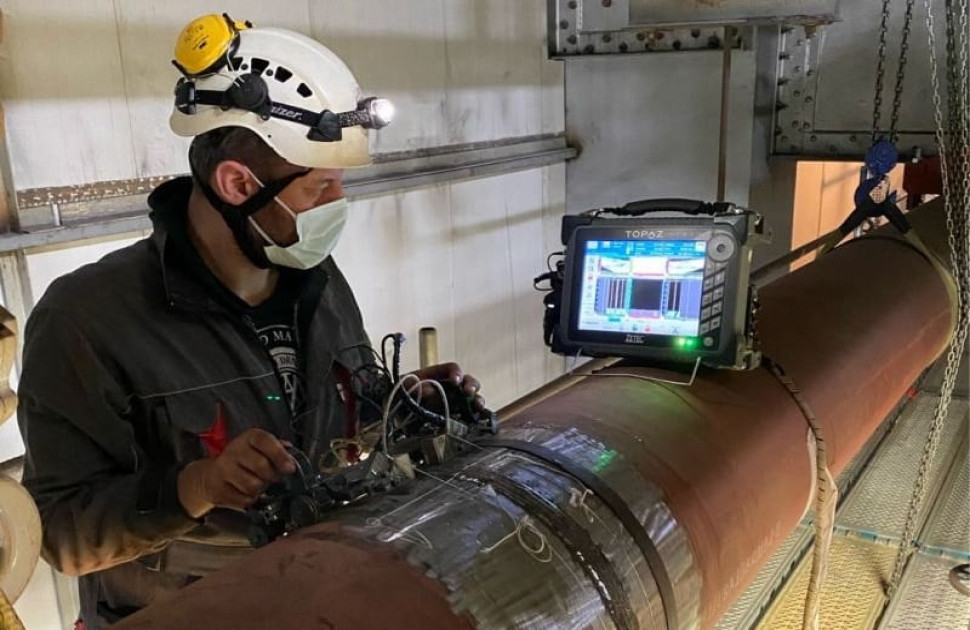In today’s fast-paced world, the seamless operation of systems and processes is crucial. When synchronization breakdowns occur, they can have far-reaching implications. Understanding the lessons learned from synchronization breakdowns is vital for Industry QA Professionals and anyone involved in system management.

Understanding Synchronization Breakdowns
Synchronization breakdowns happen when systems or processes fail to operate in harmony. These breakdowns can lead to inefficiencies, increased costs, and even safety risks. By studying these breakdowns, we can derive valuable insights and prevent future occurrences.
The Causes of Synchronization Breakdowns
Several factors can lead to synchronization breakdowns, including technological failures, human errors, and inadequate systems design. Identifying these causes is the first step in addressing and resolving synchronization issues.
The Impact on Industries
Industries across the globe face significant challenges when dealing with synchronization breakdowns. These challenges can disrupt supply chains, compromise product quality, and lead to financial losses. Understanding the impact on industries helps in formulating effective strategies for mitigation.
Lessons From Past Synchronization Breakdowns
History is rife with examples of synchronization breakdowns. By examining these events, we can glean vital lessons learned that inform current practices and policies.
Case Study: Technological Failures
One notable example is the breakdown of technological systems in the financial sector. This incident underscores the importance of robust IT infrastructure and the need for regular system updates.
Human Error and Its Consequences
In many cases, human error is a significant contributor to synchronization breakdowns. Training and awareness programs are essential in reducing these errors and ensuring seamless operations.
Strategies for Preventing Synchronization Breakdowns
Preventing synchronization breakdowns involves a multifaceted approach. By implementing comprehensive strategies, organizations can minimize risks and enhance system reliability.
Investing in Technology
Advanced technologies play a critical role in preventing synchronization breakdowns. Investing in reliable systems and tools ensures that processes run smoothly and efficiently. For more on technology’s role, visit synchronization technologies.
Enhancing Communication
Effective communication is key to preventing synchronization issues. Establishing clear communication channels and protocols helps in coordinating activities and ensuring alignment across departments.
The Role of Quality Assurance
Quality Assurance (QA) professionals play a crucial role in identifying potential synchronization breakdowns. Their expertise is instrumental in implementing preventive measures and maintaining system integrity.
QA Processes and Protocols
Robust QA processes and protocols help in detecting issues early and preventing them from escalating into major breakdowns. These processes ensure that systems are tested and verified for optimal performance.
Training and Development
Continuous training and development programs for QA professionals are vital. These programs equip them with the latest knowledge and skills needed to address synchronization challenges effectively.
Technological Innovations and Their Impact
Technological advancements continue to shape the landscape of synchronization. Innovations in this field offer new solutions and opportunities for preventing breakdowns.
Automation and AI
Automation and Artificial Intelligence (AI) are revolutionizing synchronization management. These technologies enable real-time monitoring and proactive issue resolution, minimizing the risk of breakdowns.
Data Analytics
Data analytics provides valuable insights into synchronization processes. By analyzing data, organizations can identify patterns and trends, allowing for more informed decision-making.
The Future of Synchronization
As technology continues to evolve, the future of synchronization looks promising. Emerging trends and innovations will further enhance the ability to prevent and manage synchronization breakdowns.
Emerging Trends
New trends in synchronization are emerging, offering exciting possibilities for industries. Staying abreast of these trends is crucial for maintaining a competitive edge and ensuring system reliability.
Opportunities for Improvement
Continuous improvement is key to effective synchronization management. By embracing new technologies and practices, organizations can enhance their systems and processes.
Conclusion
In conclusion, the lessons learned from synchronization breakdowns provide valuable insights for preventing future occurrences. By understanding the causes and impacts of these breakdowns, industries can implement effective strategies and technologies to ensure seamless operations. For more information on related topics, visit frequency inspection and inspection schedule.

Frequently Asked Questions
What are synchronization breakdowns?
Synchronization breakdowns occur when systems or processes fail to operate in harmony, leading to inefficiencies and disruptions.
How can synchronization breakdowns be prevented?
Prevention involves investing in technology, enhancing communication, and implementing robust QA processes.
What role does technology play in synchronization?
Technology, including automation and AI, plays a crucial role in monitoring, preventing, and managing synchronization breakdowns.
This article contains affiliate links. We may earn a commission at no extra cost to you.
